← Natural hazards discover more
Earthquakes
Earthquakes happen every day in Aotearoa New Zealand, but most are too small or far away to be felt. Our country sits on the boundary between two huge tectonic plates – the Pacific and Australian plates – that are always moving and sometimes cause the ground to shake.
When pressure builds up along cracks in the Earth’s crust called faults, it can suddenly release, causing an earthquake. These shakes can cause damage like buildings falling, roads breaking, and sometimes even trigger other hazards such as landslides, floods, fires, or tsunami.
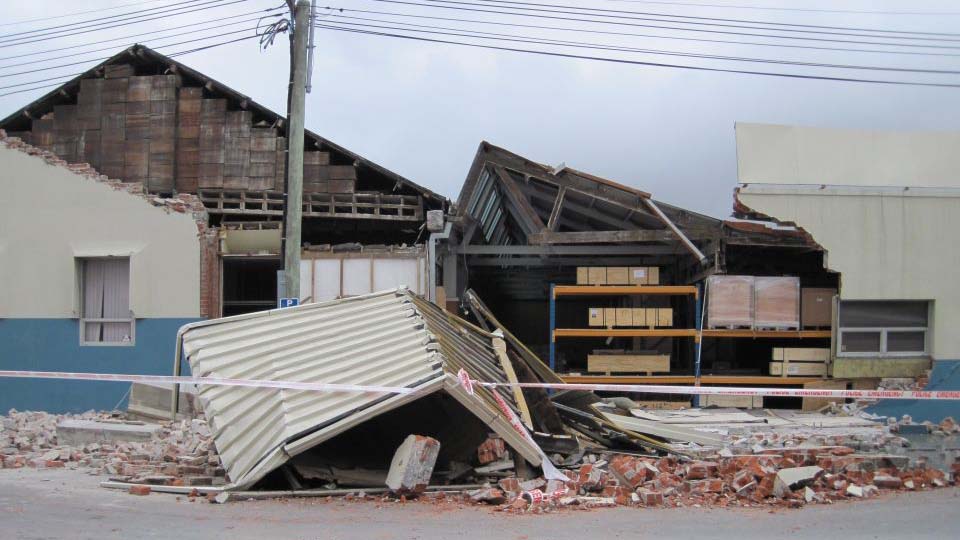
Earthquake shaking can cause damage and sometimes trigger other hazards. Image: LEARNZ.
On average in Aotearoa New Zealand:
- Several magnitude 6 earthquakes happen each year.
- About one magnitude 7 earthquake happens every 10 years.
- A magnitude 8 earthquake may happen once every 100 years.
Everyone in New Zealand is at risk of earthquakes – they can happen anywhere and anytime.
What to do during an earthquake
Practise “Drop, Cover and Hold”:
- Drop down on your hands and knees.
- Cover your head and neck under a sturdy table or desk if nearby; if not, protect your head with your arms.
- Hold on until the shaking stops.
Don’t run outside during shaking because falling objects and broken glass are dangerous.
If the shaking is long or very strong, move quickly to higher ground away from the coast – there may be a tsunami risk.
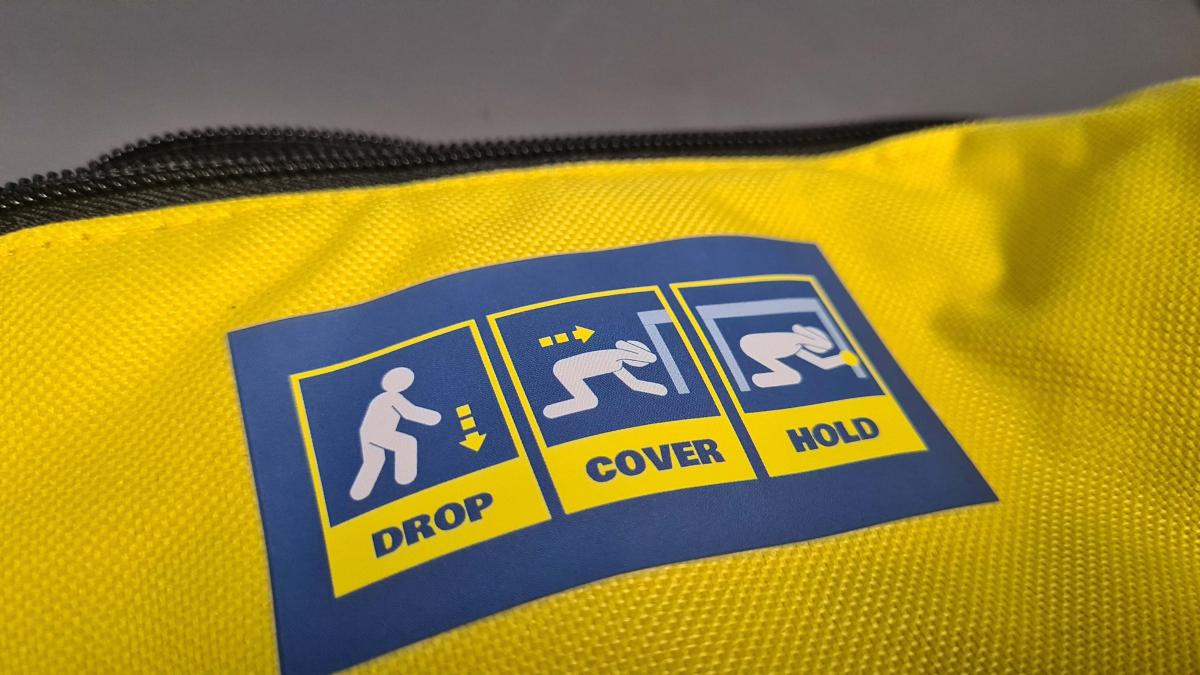
Practise drop, cover, hold to prepare for an earthquake. Image: LEARNZ.
Learn more about New Zealand earthquakes | Earth Sciences New Zealand.
Tsunami
A tsunami is a wave or series of waves caused by the sudden shifting of water by an earthquake, volcanic eruption, landslide or even a meteorite impact. They can flood coastal areas with powerful water that damages buildings and can hurt people and animals.
Tsunami near New Zealand can arrive very quickly, sometimes in just minutes after an earthquake. That means there might not be time for an official warning.
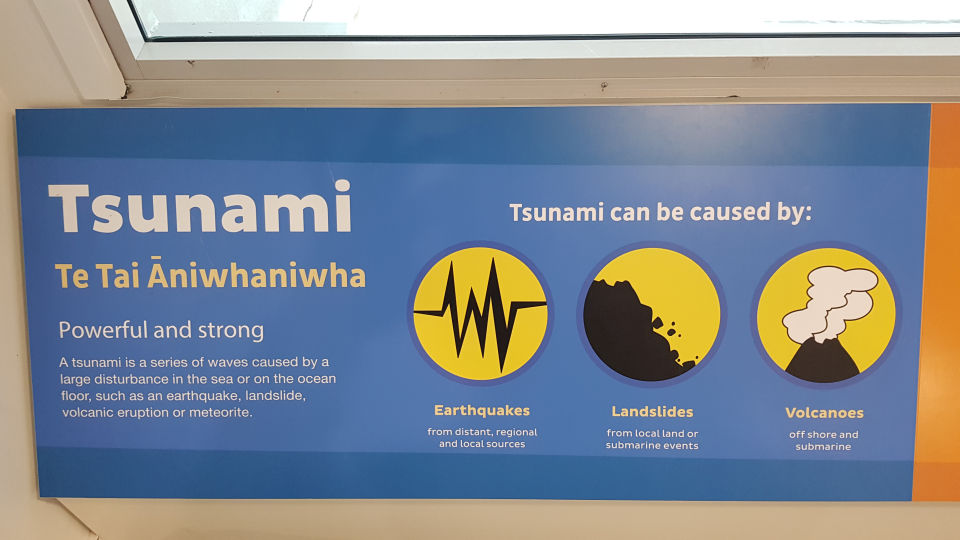
Tsunami can be caused by earthquakes, landslides, volcanoes, or even a meteorite impact. Image: LEARNZ.
Natural warning signs to watch for:
- A strong earthquake that makes it hard to stand or lasts longer than a minute.
- A sudden rise or fall in the sea level.
- Loud or unusual noises from the sea.
If you notice these signs, remember “Long or Strong, Get Gone” – move immediately to higher ground or inland, away from tsunami evacuation zones.
For tsunami from farther away, official warnings are issued, giving more time to prepare and evacuate.
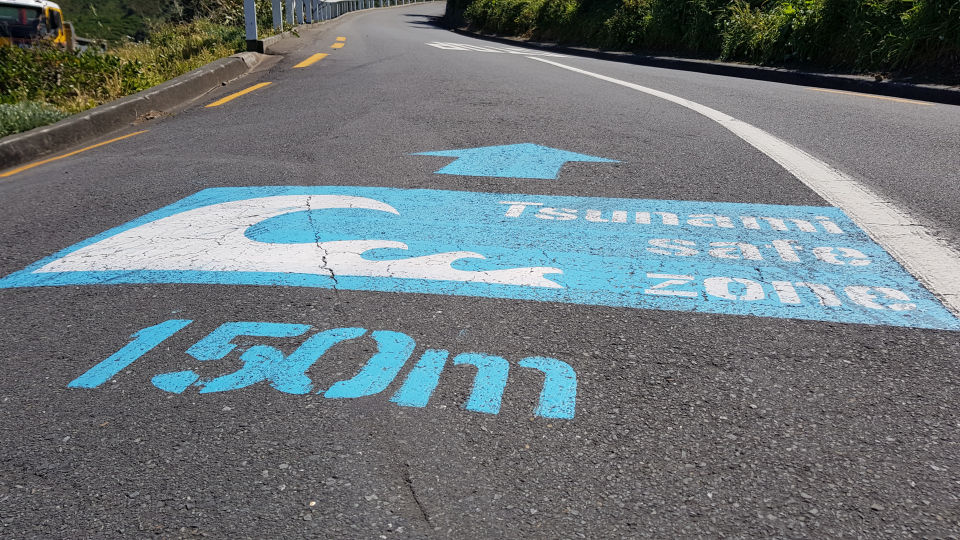
Remember: “Long or Strong, Get Gone” – move immediately to higher ground or inland. Image: LEARNZ.
Getting ready for earthquakes and tsunami
- Make an emergency plan with your family.
- Have grab bags ready with supplies like water, food, a torch, and first aid kits.
- Know your local tsunami evacuation zones and routes.
- Practise earthquake drills, like New Zealand ShakeOut, twice a year.
- Secure heavy furniture and appliances in your home to reduce injury risk.
By understanding earthquakes and tsunami and preparing ahead, you can help keep yourself and your whānau safe.
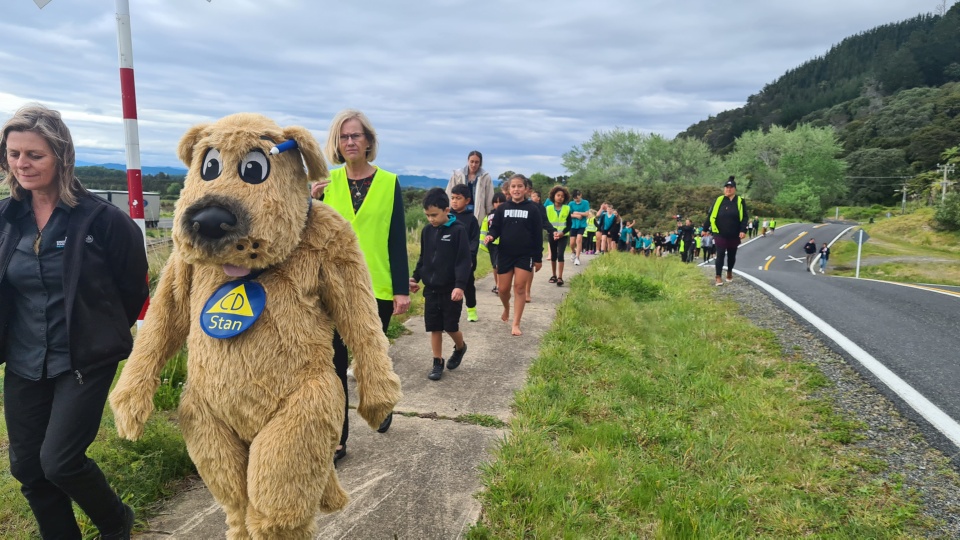
It's a good idea to practise earthquake drills like New Zealand ShakeOut twice a year. Image: LEARNZ.
Learn more about tsunami | Earth Sciences New Zealand.
Māori kupu | key words
ngā rū whenua | earthquakes
ngāueue | shaking
papaneke | tectonic plate
rūmuri | aftershock
matepā | hazard
pāheke, hīpoki me pupuri | drop, cover, hold
ngaru taitoko / tai āniwhaniwha | tsunami
hoepapa | destroy
whakaōhiti | warning
tikanga whakawātea whare | evacuation drill
roa, kaha, me wehe tonu | long, strong, get gone



